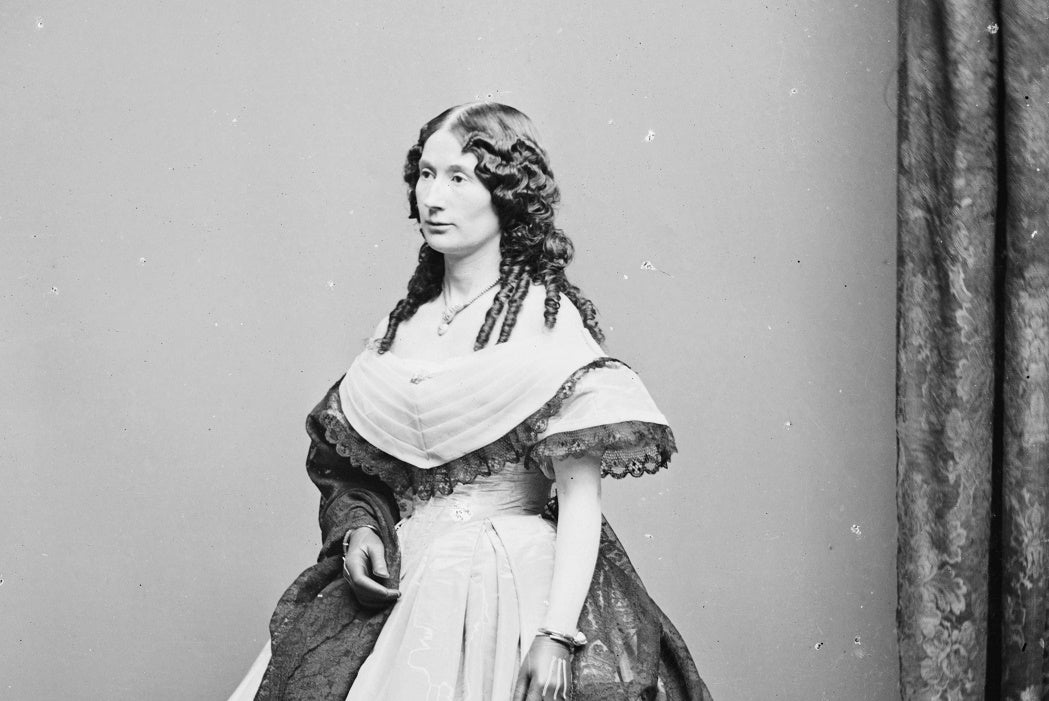Lincoln arrived late. Inside Ford’s Theatre in Washington, D.C., Our American Cousin, one of the most successful plays of its day, was already in progress. The audience stood to applaud the President, then turned back to the action. In less than two hours, Lincoln would be assassinated by John Wilkes Booth, a friend of the theater’s owner. But who starred in the most infamous play in American history? Her name was Laura Keene, and her role on the night of the assassination is shrouded in myth.
Keene was a British actress and stage manager who made her name both in front of and behind the curtain. After emigrating to the United States in the 1850s, she managed several prominent theaters, including one bearing her own name where Our American Cousin was first produced. Laura Keene’s Varieties was known for its breathtaking publicity and its manager’s knack for luring top acting talent from its competitors.
In 1857, Keene also became known for borrowing from (or reproducing) foreign plays. Playwright and former Keene’s Varieties colleague G.P. Wilkins accused Keene of “filibustering,” or plagiarism, in The Saturday Press. Filibuster as much as you please, ladies and gentlemen,” he wrote, “success is nothing but success. But full houses will not buy literary reputation for borrowed plumes.”
Borrowed or no, Keene’s reputation was built on her convincing acting, shrewd business persona, and fiery temper. But on that fateful night in 1865, she would become forever associated with Lincoln’s assassination. She played the role of Florence Trenchard in the comedy that night. Keene was in the wings awaiting her cue when the assassination occurred, writes Billy J. Harbin in Educational Theatre Journal. However, says Harbin, she always claimed that she held the President’s head while he bled in the theatrical box where he had been shot.
Despite the corroboration of that claim by some witnesses and the claims of some onlookers that Keene’s gown “was soaked with Lincoln’s blood,” Harbin is skeptical of the myth of Keene’s presence in the box after Lincoln was shot. “One would like to believe Laura’s touching story,” he concedes, but notes that the tragedy was so famous that everyone and anyone tried to fabricate a story of their own participation—including Keene. Perhaps Keene was a greater actress than any of her contemporaries suspected.







